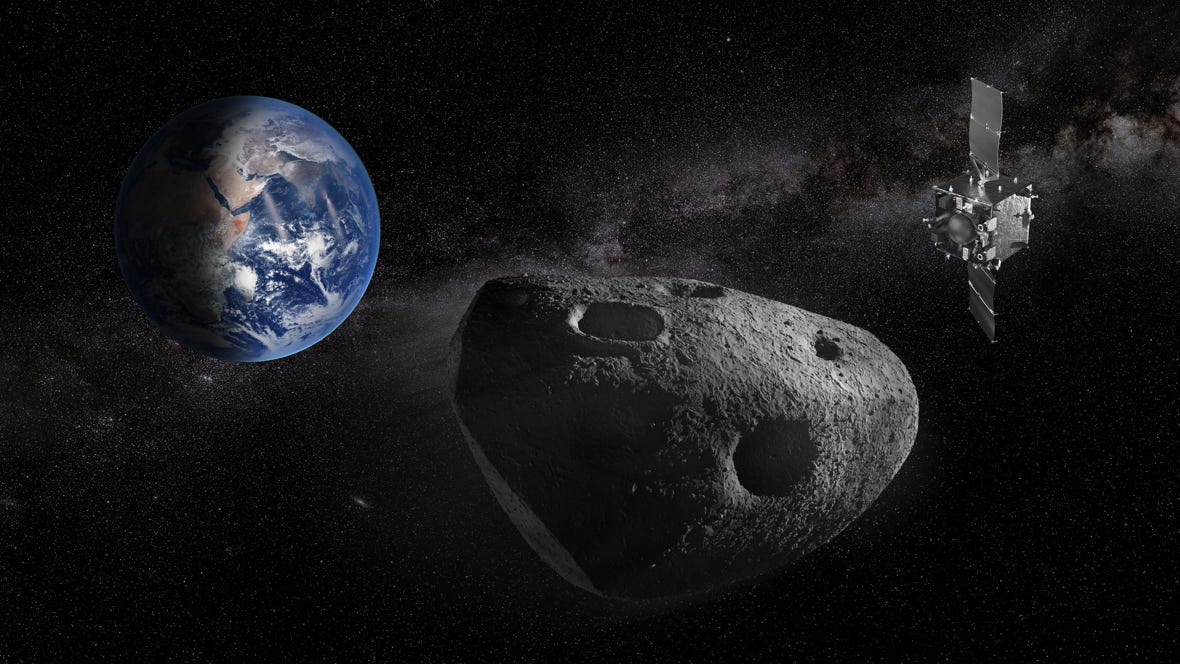by Florin-Ioan Constantin, Ph.D. student

source: https://www.esa.int/Space_Safety/Planetary_Defence/Ramses_ESA_s_mission_to_asteroid_Apophis
This week, the European Space Agency (ESA) announced the intention of the Japanese Space Agency (JAXA) to collaborate with ESA on the RAMSES mission (Rapid Apophis Mission for Space Safety).
The asteroid Apophis has a diameter of approximately 375 meters and was discovered in 2004. On April 13, 2029, it will pass close to our planet at a distance of about 32,000 kilometers, allowing us to see it with the naked eye for a short time from Europe, Africa, and parts of Asia during its passage.
The RAMSES mission aims to intercept asteroid Apophis during its 2029 flyby of Earth in order to study its properties as it comes under the influence of our planet’s gravitational pull. The proposal for this mission is scheduled to be reviewed by ESA in November 2025, and if approved, it will launch in 2028 to rendezvous with the asteroid before it enters Earth’s gravitational field. Scientists expect our planet’s gravity to alter the way the asteroid spins as it travels, which could in turn trigger quakes and landslides on its surface. Thus, RAMSES will provide critical information about the asteroid’s condition before these additional gravitational influences, about their direct effects, and about the final outcome and long-term consequences that may result.
This mission also builds on and refines part of the technology and scientific developments that led to the adoption and launch of another similar mission, HERA, which was launched in 2024 and is currently en route to the asteroid Dimorphos, part of the Didymos binary asteroid system.
Sources and further reading:
https://www.esa.int/Space_Safety/Planetary_Defence/ESA_and_JAXA_advance_potential_Apophis_mission_collaboration
https://www.esa.int/Space_Safety/Planetary_Defence/Ramses_ESA_s_mission_to_asteroid_Apophis
https://www.reuters.com/business/aerospace-defense/japan-provide-h3-rocket-europes-mission-observe-apophis-asteroid-2025-08-22/